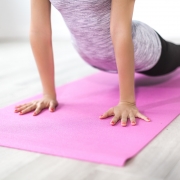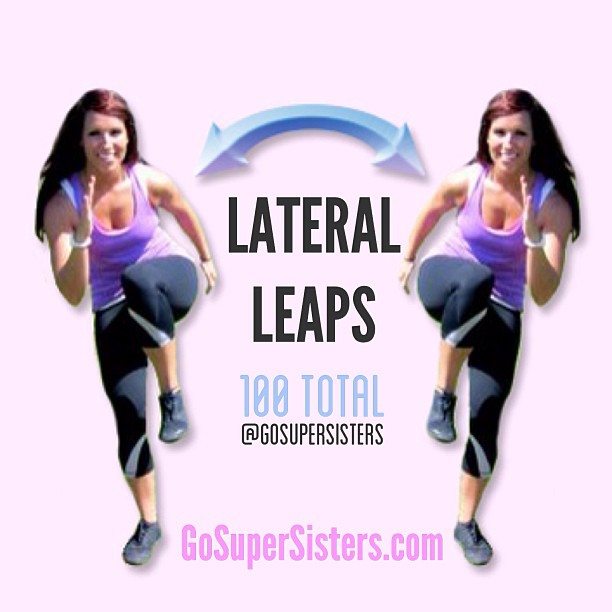Is Running The Best Way to Lose Weight? | Is running making you fat?
Running…
What’s your opinion on it?
Think you need to do a lot of cardio (like running) to lose weight?
Or maybe you’ve wondered “is running the best way to lose weight?”
Well, I’m here with some news that you don’t want to miss – watch today’s NEW video to find out the answer.
If you’ve ever wondered about the effect of steady state cardio on weight loss and your metabolism, keep reading…
To start, let’s take a look at what running is. Running is a form of cardiovascular exercise, which uses your aerobic system – basically meaning you need oxygen to keep going.
Cardiovascular exercise is great for your heart health and your overall health, but when it comes to running it might not always be the case depending on how far and how often you run.
Running could be completely detrimental to your health and fitness goals. And as if it couldn’t get any worse… it could actually be making you store FAT.
How? Well, let’s talk about adaptation…
Principle of Adaptation
When you run or do any kind of endurance cardiovascular exercise (i.e. cycling, swimming, etc) your body adapts.
Think about it… when you exercise for the first time in a really long time, it is difficult. But, as you exercise more regularly, the same form of exercise (whether it’s biking, strength training, swimming, etc) gets easier.
This applies to running as well – if you’re a runner and you’ve been running the same 3-4 miles per day, you’ll notice over time it gets easier and easier. This is called the principle of adaptation.
As your body adapts to running 3-4 miles, you have to run further and further to get the same calorie burn and to keep challenging your body.
This can apply to anything in life – the more you practice something, the better you get, and eventually you have to step your game up.
Let’s look how this principle of adaptation effects your body…
Effects of Running on your Metabolism
When your body adapts to running all the time, it changes your metabolism – aka the rate at which you burn calories.
Once running 3-4 miles gets “easy,” your body is no longer burning as many calories running those 3 or 4 miles as it did when running 3 miles was really hard.
Think about it like this..
Do you want to be a Honda Civic or an Escalade?
At first you might think you want to be a Honda Civic, the fuel efficient vehicle, and not the Escalade, the gas guzzler.
But when it comes to your metabolism, you want to be the Escalade –
Why?
Well, you want your body to burn through calories faster (i.e. have a higher rate of metabolism). When your body adapts to long bouts of exercise like running for an hour a day, you no longer burn as many calories as you do when you are running AND while you are at rest.
Bottom line, long bouts of endurance exercise like running actually slows your metabolism – leaving you at a plateau, or even worse, gaining weight.
Now how do you increase your metabolism?
Well, if your goal is fat loss and having a lean body, strength training and High Intensity Interval Training (HIIT) should be the foundation of your routine.
Don’t get me wrong cardio can be great too, but you don’t want to load up on too much cardio because of the principle of adaptation explained above.

Why Strength Train?
It’s simple: build more muscle, burn more fat.
The more lean body mass (aka muscle) you have, the higher the rate of your metabolism will be.
That means you’ll turn your body into an escalade – burning more calories at every single second of every single day.
Your dedicated trainer,
Sara
P.S. As much as I love teaching you so you can learn this stuff yourself, I realize that some of it is complicated.
Hey, I know the feeling. It’s just like tell me what to do and I’ll do it… So if you’re looking for a structured strength training plan that you can do at home, click here.
P.P.S. Check out this post we did on the benefits of walking. Yep, WALKING! A low impact exercise that anyone can do, and one of our favorite forms of exercise that is often completely overlooked. Read more here.













